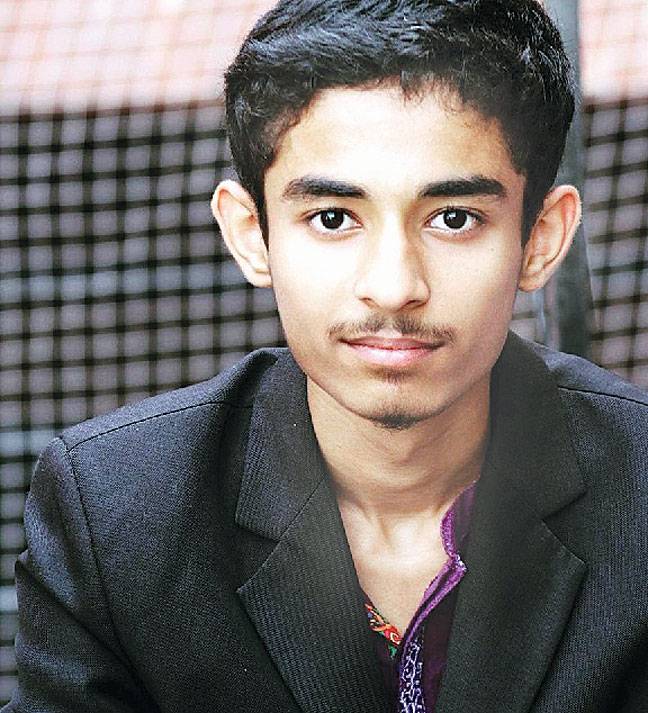Young physicist awaits govt’s gesture of support

Shaheer Niazi says no appreciation from govt despite international recognition
LAHORE - Seventeen-year-old A Level student Muhammad Shaheer Niazi, who hails from Mianwali, rocked the international community of physics with his pilot research paper published in esteemed research journal Royal Science on electric honeycomb.
Shaheer Niazi told The Nation that he admired renowned physicist and scientist Isaac Newton throughout his experimentation and academic career so far. “I am so happy I surpassed my mentor in physics Isaac Newton who was 17 when his first research paper got published in the same journal. At the acceptance of the date of research paper I was 16,” he said.
Shaheer Niazi is a student of Lahore College of Arts and Sciences (LACAS), Johar Town, A-Level Campus. He had participated in the World Cup of Physics in Russia that encouraged him to peruse his experiment into formal research paper and his paper was published on 4 October 2017.
He termed the victory at early age as a surprise for him. “My mother is a housewife, but she supported me throughout my experimentation. After I returned from Russia, she encouraged me to write a paper and send it to international journals of physics,” Shaheer said. His father is a pilot in Pakistan International Airlines who wanted to make his name in the world of physics, but proved himself in the aviation world. Shaheer said happiest part of this victory was “I put smiles on my parents’ faces”.
The young scientist developed a photographic evidence of charged ions creating the honeycomb. Right after his publication New York Times published a report on his success. According to NY Times report, an electric honeycomb behaves like a capacitor. In this case, the top electrode is a needle that delivers high voltage to the air just a few centimeters above a thin layer of oil on the other flat, grounded surface electrode.
Article quoted Alberto T. Pérez Izquierdo, a physicist at the University of Seville in Spain. Neither Izquierdo said nobody previously explored temperature changes on the oil’s surface. Determining the heat’s origin is an interesting question that requires more study, he said. “I think it’s outstanding for such a young scientist to reproduce these results,” Dr Izquierdo said.
Niazi is determined to further explore electric honeycomb. “I will bring another Nobel Prize for Pakistan, “he said.
Shaheer Niazi and his twin sister are passionate about physics. “I also encouraged my sister. As I made Pakistan’s name shine at the international level, I hope being a girl she will also make Pakistan’s name shine,” he said.
Shaheer used to play piano in his leisure time. He is fond of sketching. He loves to collect old coins and stamps, a hobby, which he says gives him happiness.
He urged the government of Pakistan and the government of Punjab to support and encourage him. “All they need to do is to support the talent so other people like me can make country’s name shine at the international level,” he said. “Encouragement from the government will ignite spirit in young physicists to join the race. Despite international recognition, no government official has contacted me and appreciated my work so far,” Shaheer maintained.
Scientist and founder of Pak Science Club Abdul Rauf congratulated Shaheer on his achievement.





